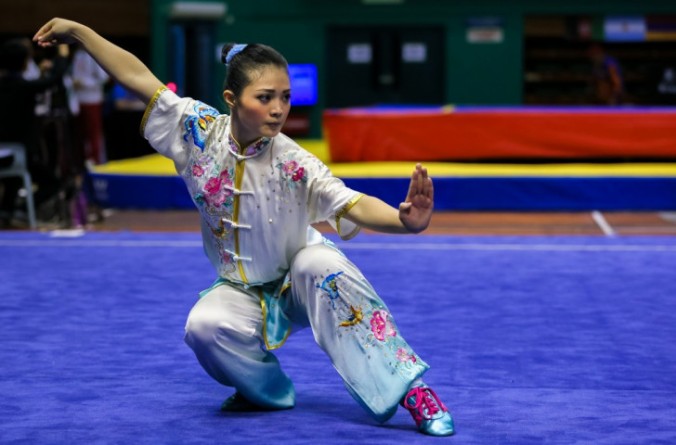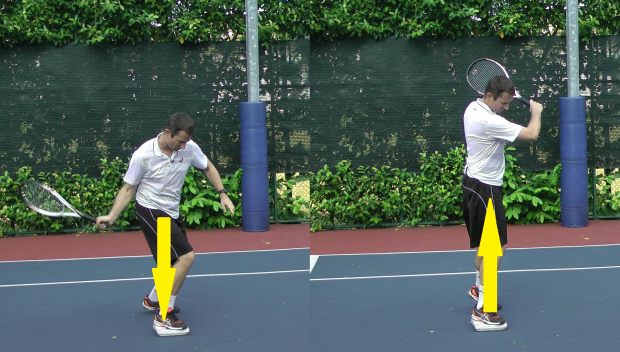
Looking at Chinese martial arts from our stand point in today’s modern world is very confusing. There are so many styles – so many different approaches and so many different theories of its evolution. In fact, it’s bewildering!
Human beings like patterns. It’s our nature to see patterns in things. So, naturally, we start to classify these myriad arts in different ways – Northern or Southern is a popular way to do it since you can generalise some characteristics about each branch. Internal and External is another way to do it. So is ‘long range’ and ‘short range’. And so on.
Without exception, however, all these classifications ultimately break down. They’re good for talking in the general sense, but once you dig down into individual cases it soon becomes a little murkier. For instance, you’ll find a style that is known as a ‘kicking style’ has a few punches in one of its forms. A style that is ‘long range’ actually contains quite a few short range techniques in one of its obscure forms, and so on.
But perhaps there is one all encompassing thing we can say about the subject. All Chinese martial arts make use of Jin ‘refined strength’ to great or lesser extent. Now, as always, language is a problem. It would be foolish to suppose that what a professional boxer is doing isn’t a highly refined method of punching. Of course, it is. In fact, under boxing rules, it’s obviously the best way to punch. Secondly, which ‘Jin’ are we talking about? A lot of Chinese martial arts have a long list of ‘Jins’ that they contain and practice, so which one do I mean? Also, a lot of them also don’t even use the word at all.
What I mean is using the ground as a path to power, rather than your physical structure or power derived primarily from your local muscle use. This is my definition of “basic jin”.
Obviously we need to use our muscles to stand up at all, but in the case of punching, for example, most punches originate from the shoulder. In contrast, I’m talking about using the power from the ground and bypassing the shoulder as a generator of power completely when punching. Instead, the shoulder switches function to a transmitter. for the power coming up from the ground.
So, how do you do this?
Well, let’s start in the most sensible place – Tennis. 🙂
It should be no surprise that if this method of using force exists and can be done by humans, then its use isn’t limited to martial arts. I’ve noticed recently that sports coaches are starting to catch on to these Tai Chi, or Chinese Martial Arts, concepts these days. Watch the following video:
Now, while he doesn’t explain what’s happening much, he’s getting across the concept of pushing down into the ground to increase the upward force that bounces back. If your body is relaxed (‘Song’) then this is upward rebound of force can be utilised as power.
From www.feeltennis.net/ground-force-for-power/

By “sending the force” downward – which you can see on the weighing scale – you can generate more upward force.
This is the basic mechanics for the Tai Chi “Push” you see demonstrated so often. Instead of pushing into the person you first push ‘down’ from the dantien into the ground and use the rebound force as the power generation.

It requires a relaxed frame – which is the “Song Jin” of Tai Chi Chuan. The more you can push ‘down’ from the dantien, the more force you can exert back up. Try it!
To return to my subject about Jin in Chinese martial arts. The Tai Chi example above is what I’d call a very ‘pure’ example of using the ground force. Tai Chi specialises in this very relaxed ‘song’ way of doing it. Other Chinese martial arts use different postures and different methods and can augment the pure ground force with specific trained muscle use in various ways – which is one of the reasons you see the characteristic rounded back in Southern Chinese marital arts. You could called these a type of ‘muscle jin’.
I found a video recently that I thought really showed this ground force being very nicely used in Wing Chun. It’s by a master called Chu Song Tin, who is now sadly deceased. I posted it on a discussion forum and it got me in some very hot water, as I’ll explain below.
In the video he says the following:
“now let my force go to the ground,…. don’t fight me by pulling up.”
“now it’s going down to his feet(i.e the ground)”
“if i use strength to push on him and he use strength to fight me.”
“now pull up, and can you feel it in your shoulder? and this way the force can’t go down to his feet.”
Now, it turns out that CST didn’t ever use the word “Jin” to describe what he was doing – he created his own term “nim tao”, and if you suggest that what he was doing was Jin… then people in his lineage will get really upset with you because you don’t have the necessary lineage to comment and it is disrespectful if you do. It becomes a lineage and politics game and there’s no way to really get anywhere once that happens, better to just yield.
According to the next video, CST never felt he could adequately describe what he was doing, which I find really interesting. His students have kept the lineage alive and if the following video is to be believed are still trying to work out exactly how he did it.
I’m happy that they’re continuing the research, and I don’t really have any desire to get involved in the politics of lineage, but my question would be, if it isn’t ground force, then what is it?
Graham, while what you say is correct, it allows room for an error in thinking. A number of people can bring the ground through a rigid structure. They can’t do a lot of tricks with it, but they can bring a rudimentary form of jin through their skeleton and use a lot of shoulder/arm muscle to manipulate it. Chu Sheng Tin used good jin skills; his students don’t seem to have figured it out, even though some of them have all the answers. 😉
LikeLiked by 1 person
Pingback: Tao Te Ching, chapters 8 and 61 | The Tai Chi Notebook